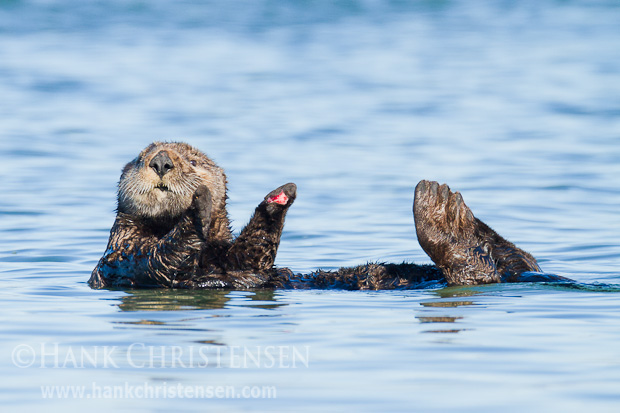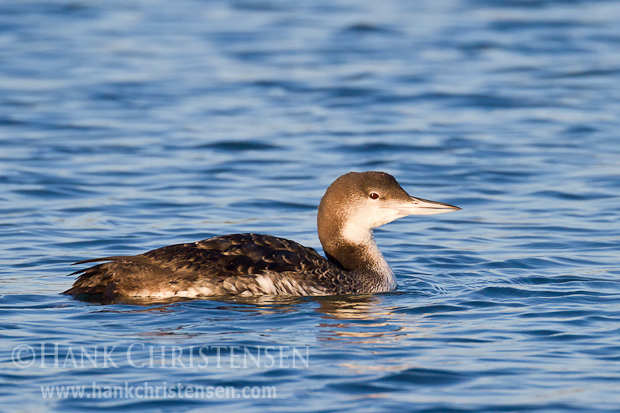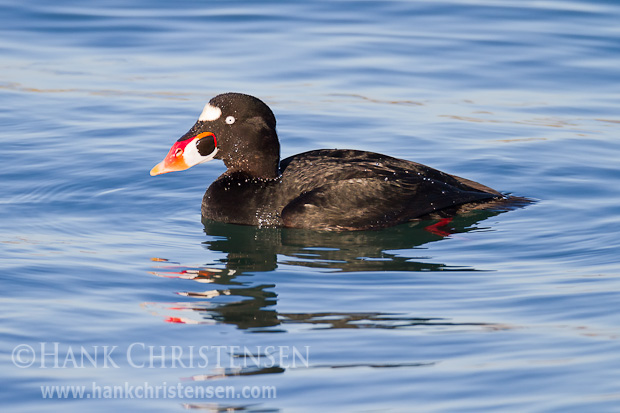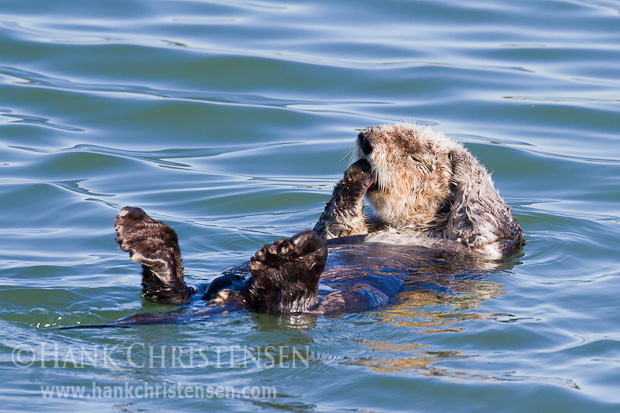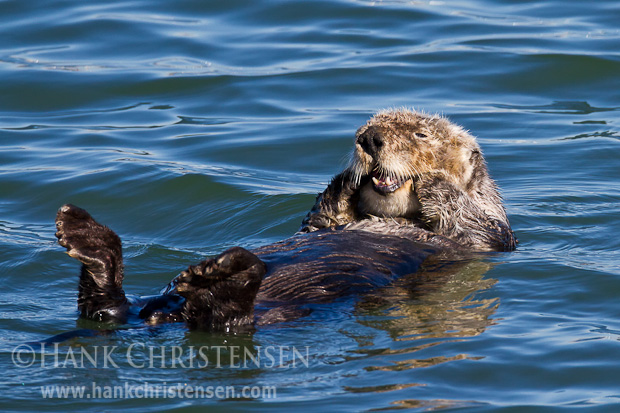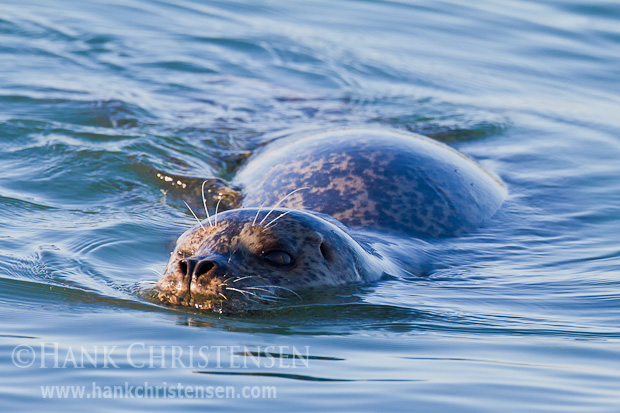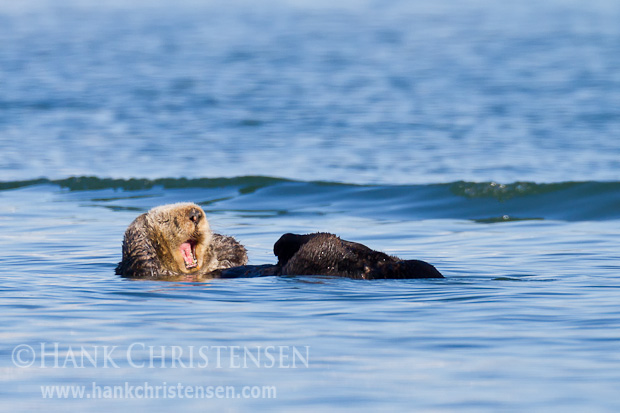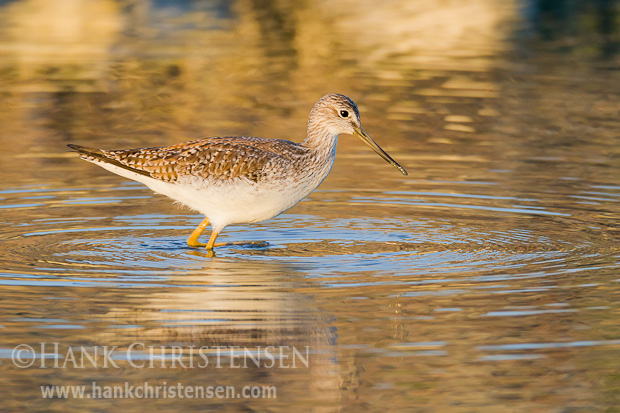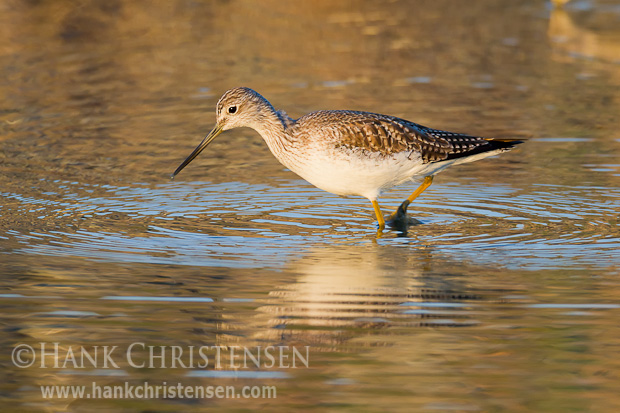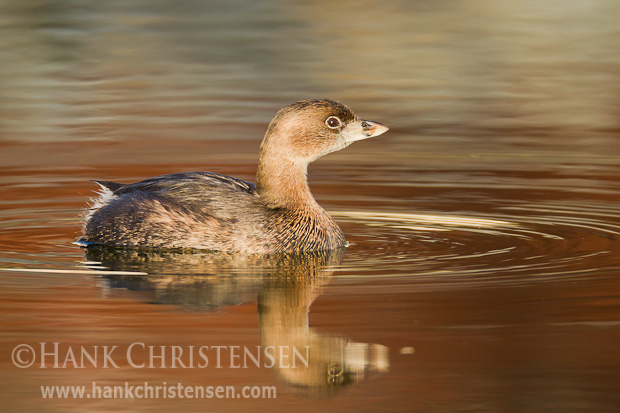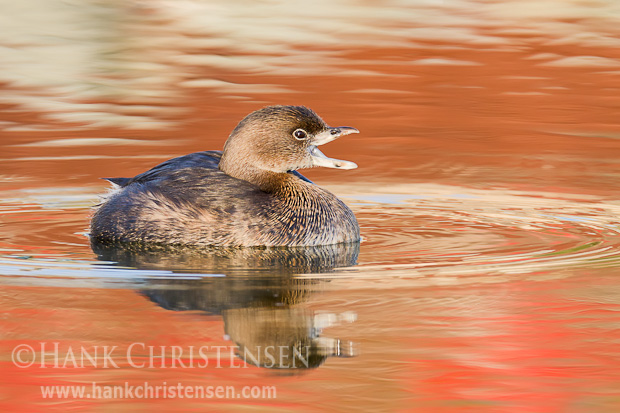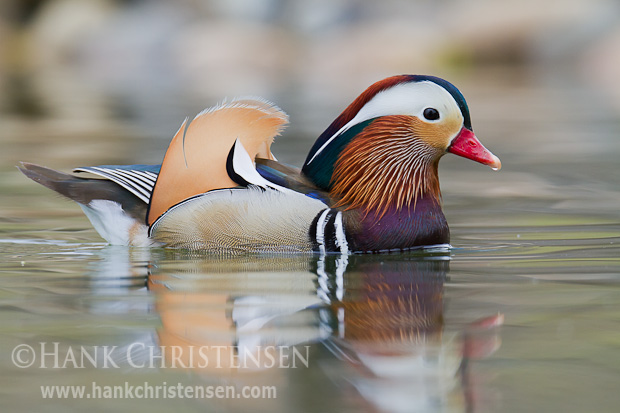
I photographed this Mandarin duck today at a city park in San Jose. This is a very strange location for this species, as it is most often found in Asia. After speaking to some of the locals who visit the park often, I learned that this drake has been seen on and off at the lake over the last three years.
The Mandarin duck once flourished across eastern Asia, but today there are only about 1000 pairs throughout all of China, and about 1000 pairs in Russia. Japan is thought to have about 5000 pairs. They have also appeared in various locations in Europe, numbering about 1000 pairs in total. Because this species is not native to Europe, it is surmised that this population grew from escaped captive birds and flourished as a feral population. They have been breeding in the wild ever since. But where did this guy come from?
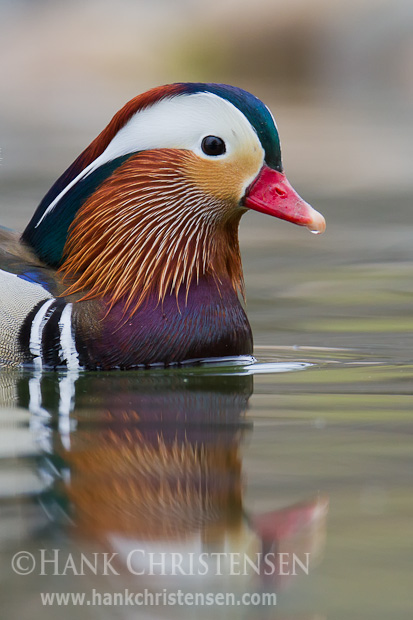
It turns out that something similar to what happened in Europe may have also happened in Sonoma, California, only on a much smaller scale. Sonoma is a couple hours drive north from San Jose, and has about 100 feral Mandarin ducks. I’m just guessing here, but this bird may be associated with that population. And apparently he enjoys coming to this lake!
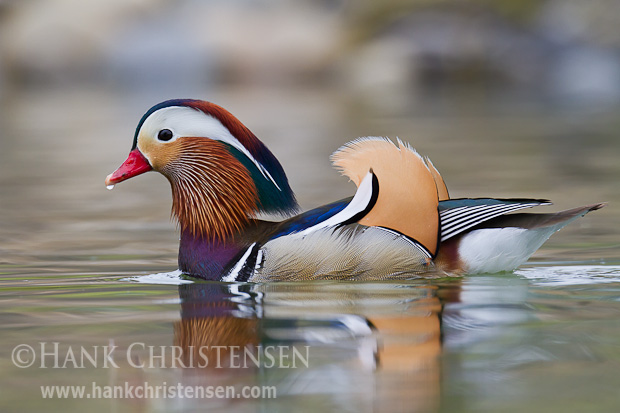
It was fairly overcast today, which has its advantages and disadvantages for bird photography. One of the downsides is that the sky is much darker, which means that shutter speeds must be slower than on a sunny day. However, benefits include a lack of harsh shadows from the sun (meaning I could photograph this bird from any angle, instead of with the sun directly behind me), and more saturated colors due to reduced glare. I was very happy to be able to photograph this species in decent conditions. The biggest bonus of course was that I only had to drive half an hour instead of flying to Asia or Europe!

